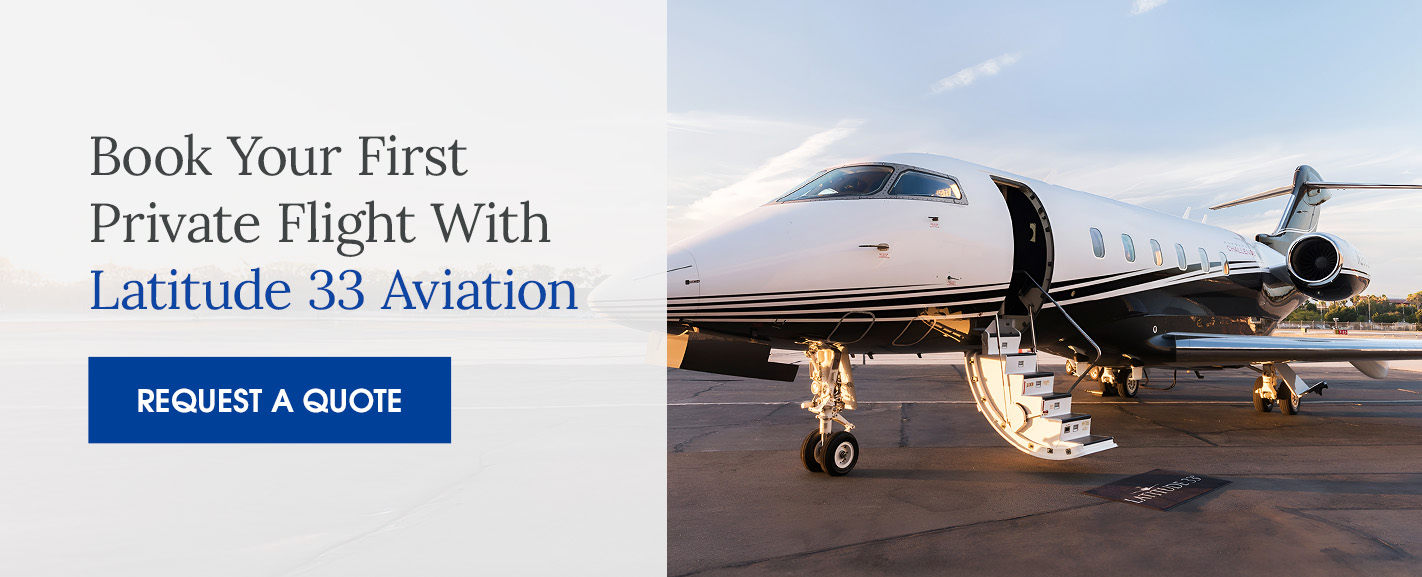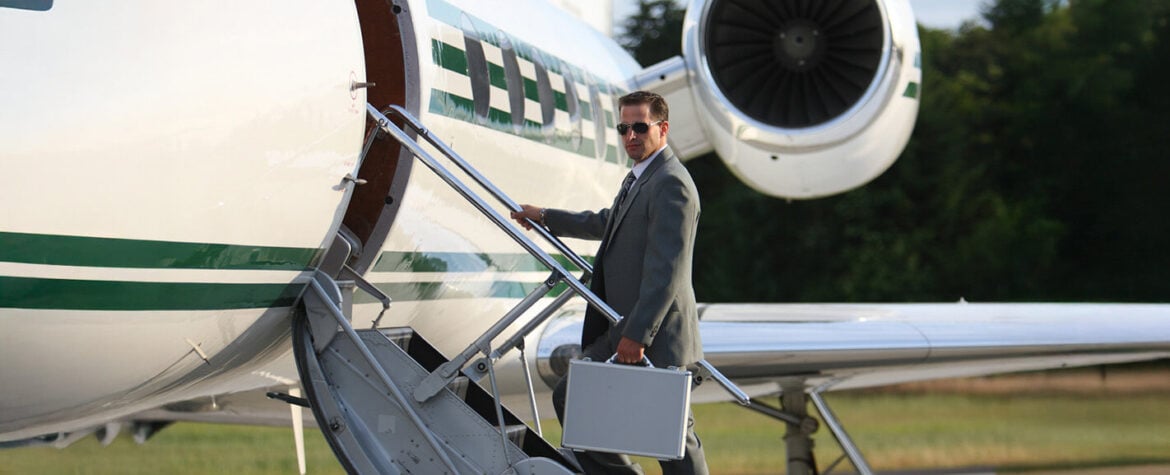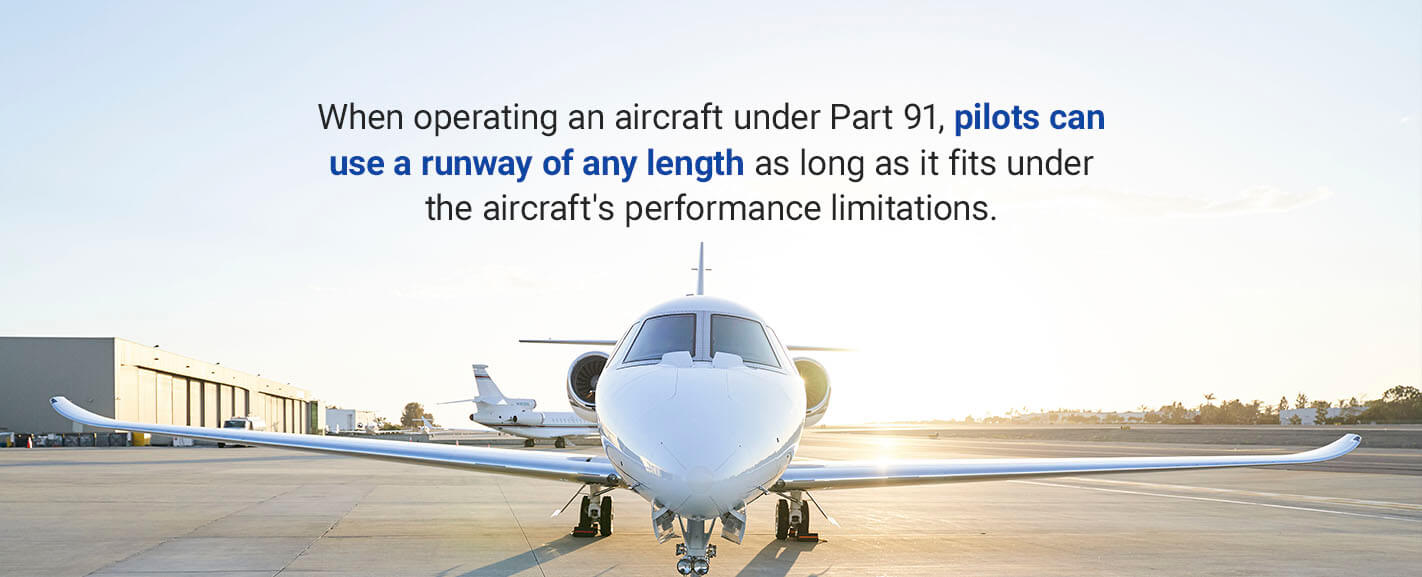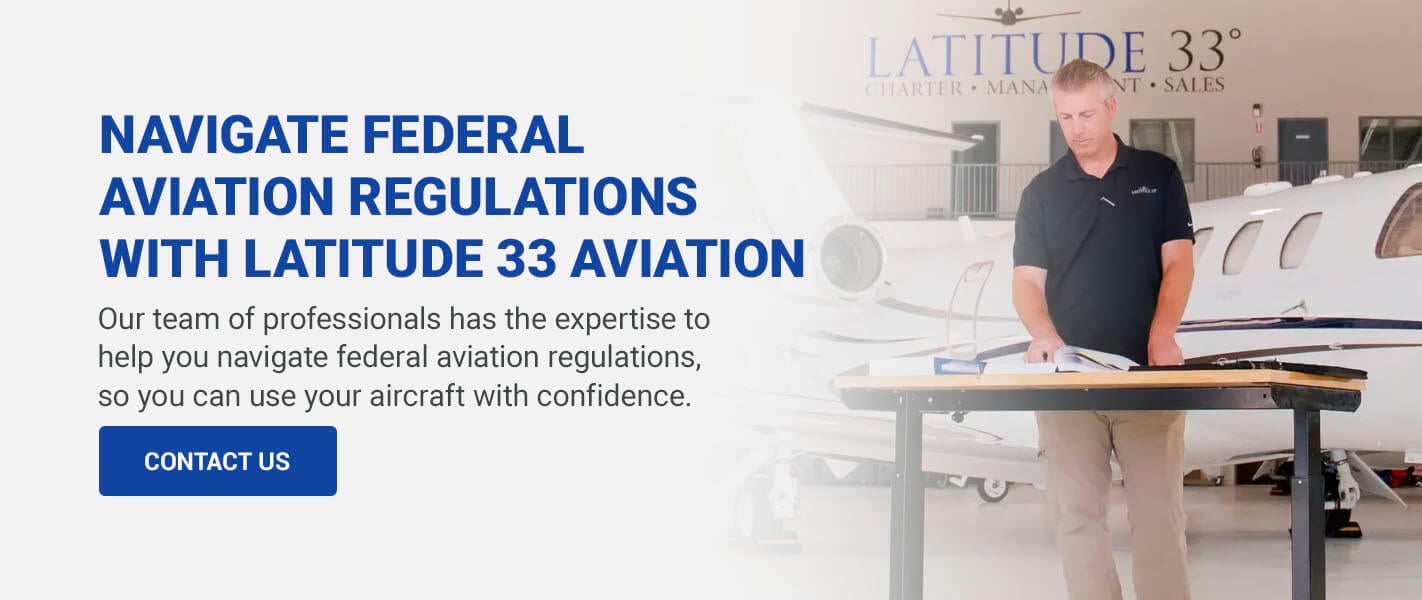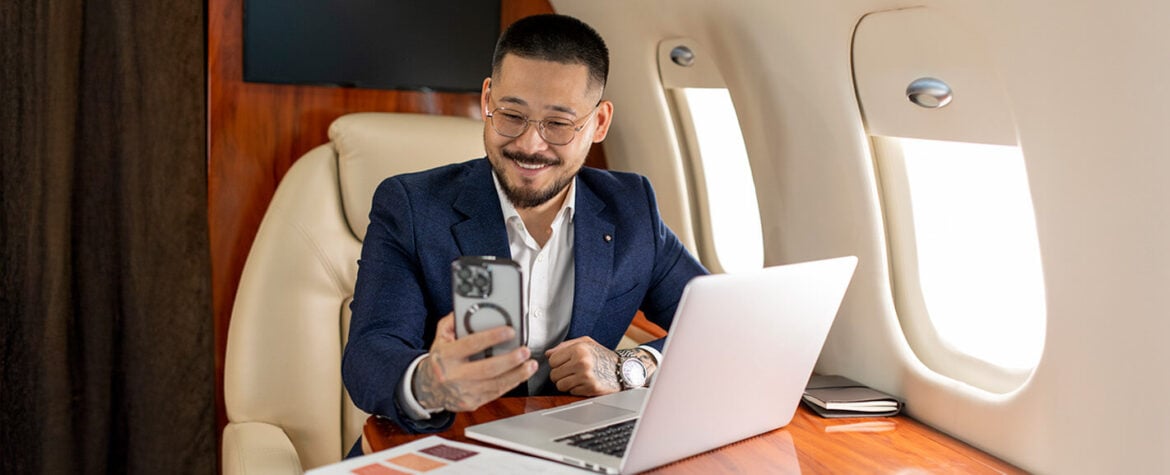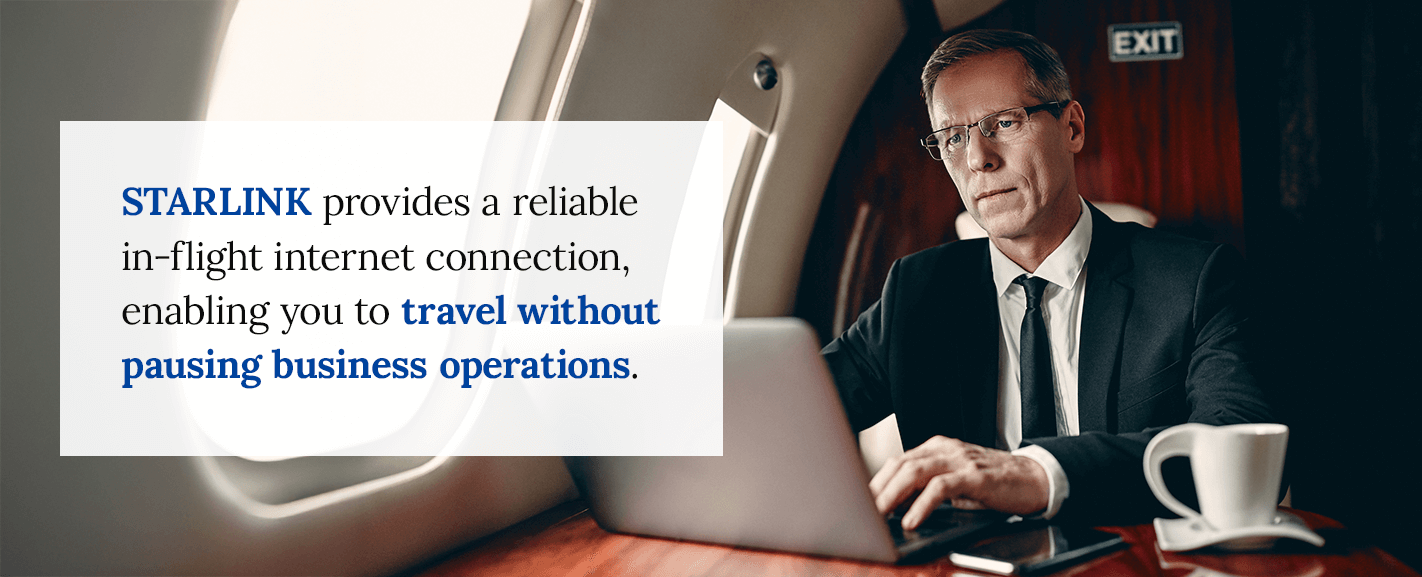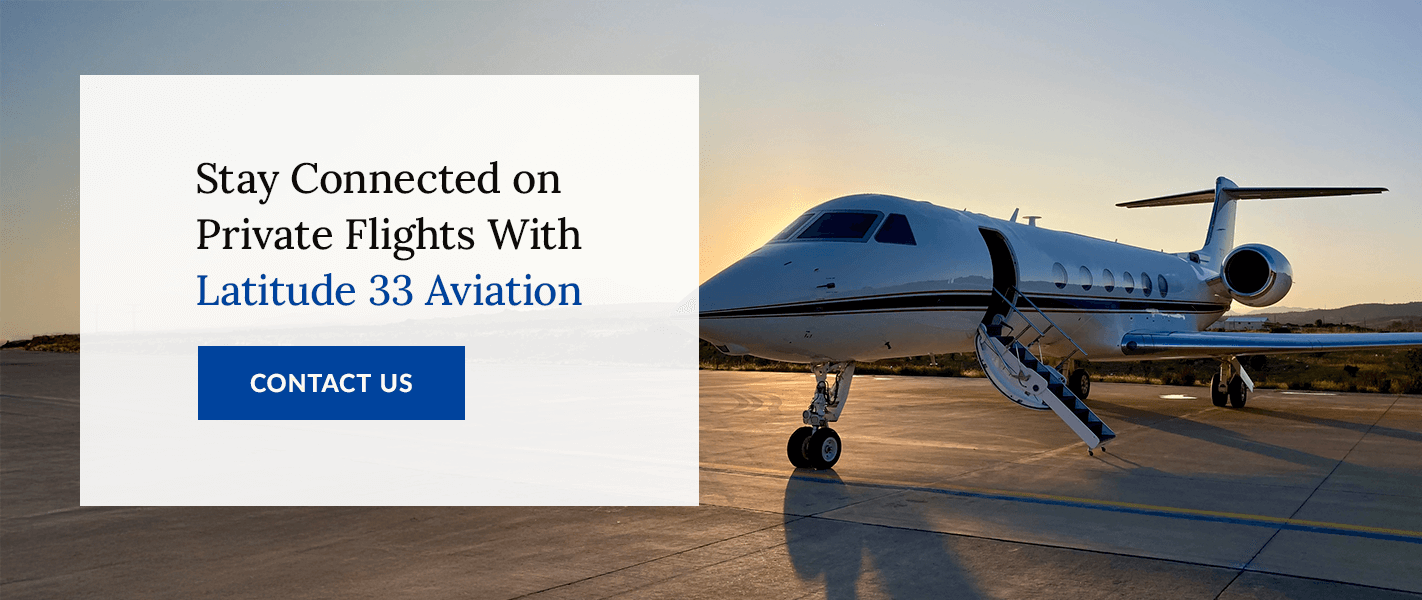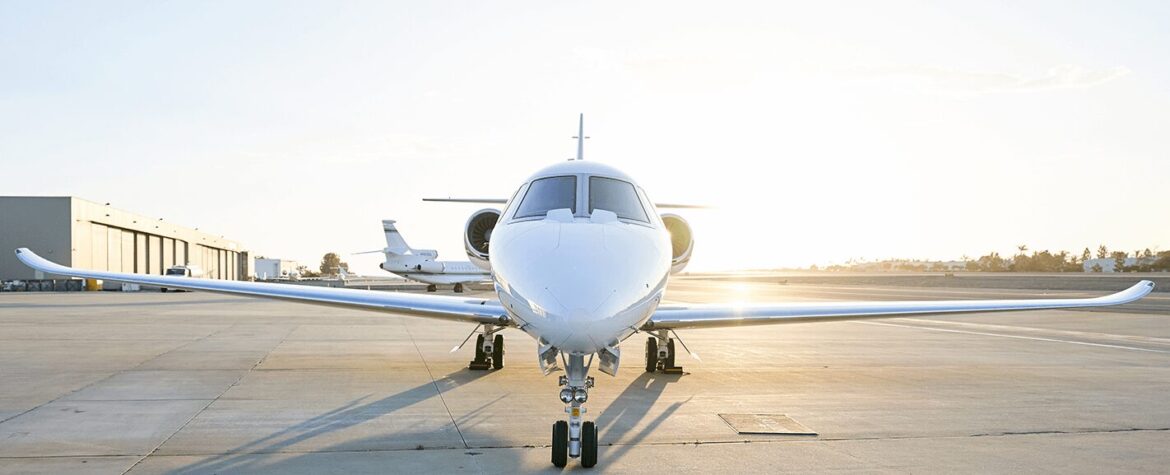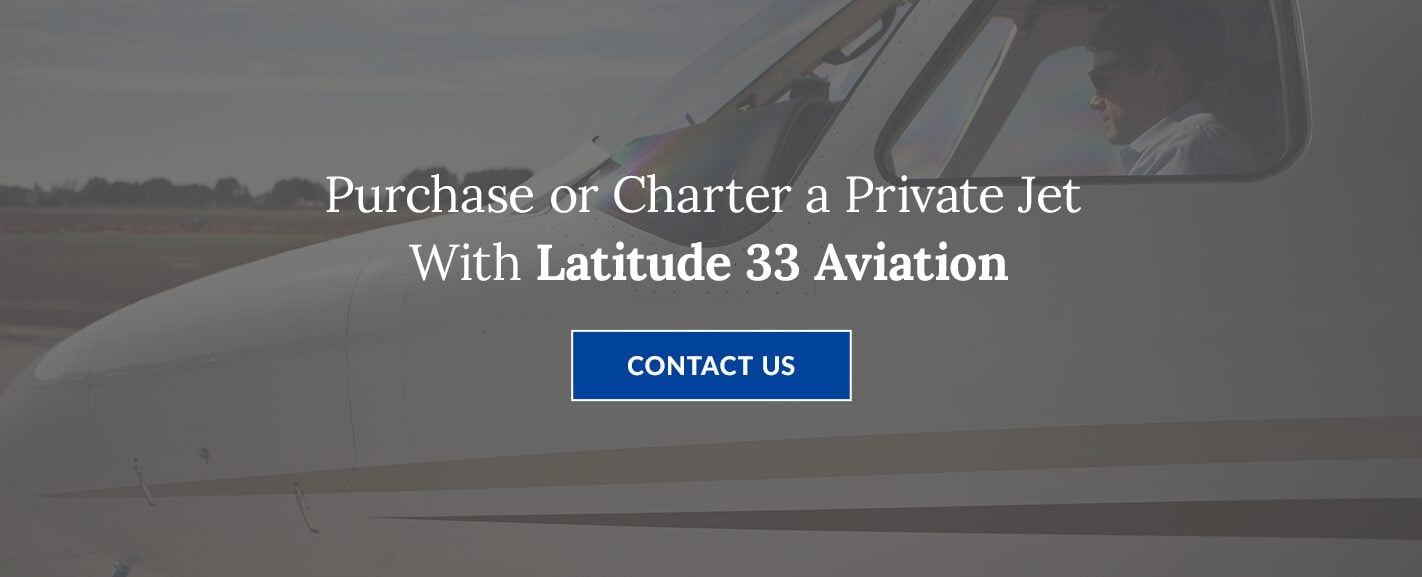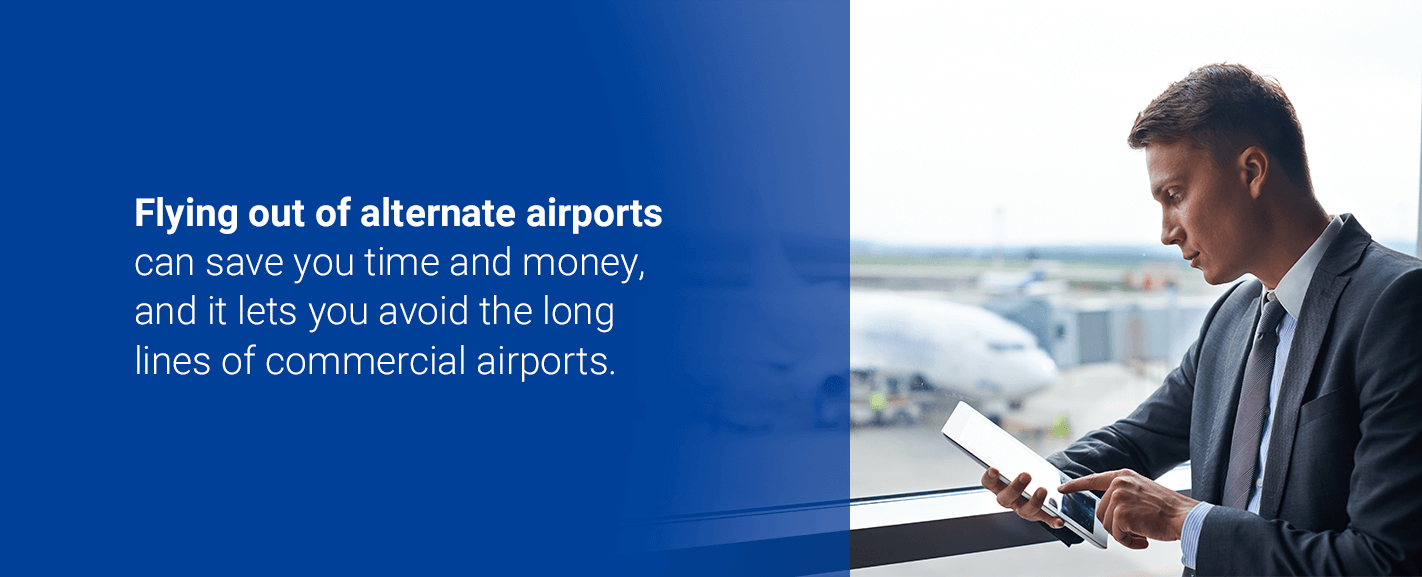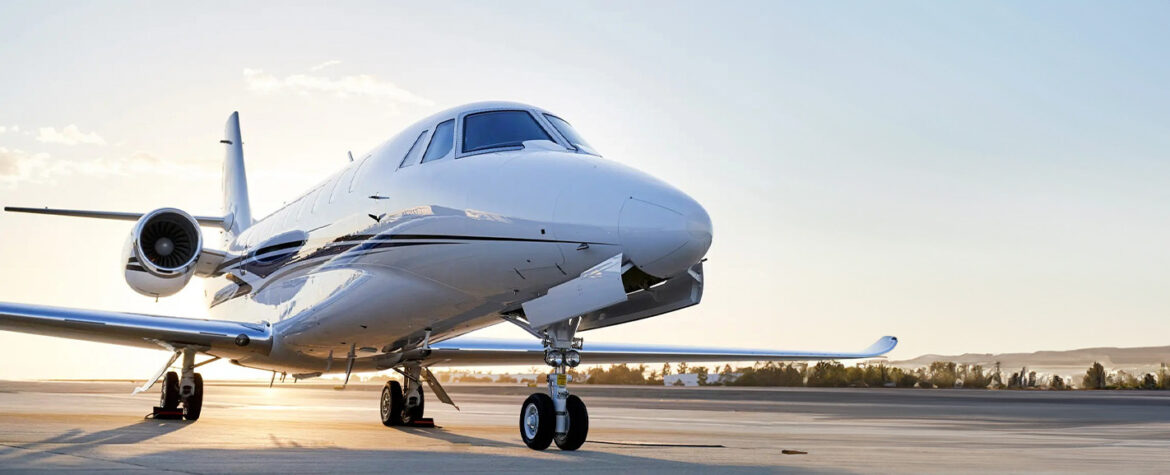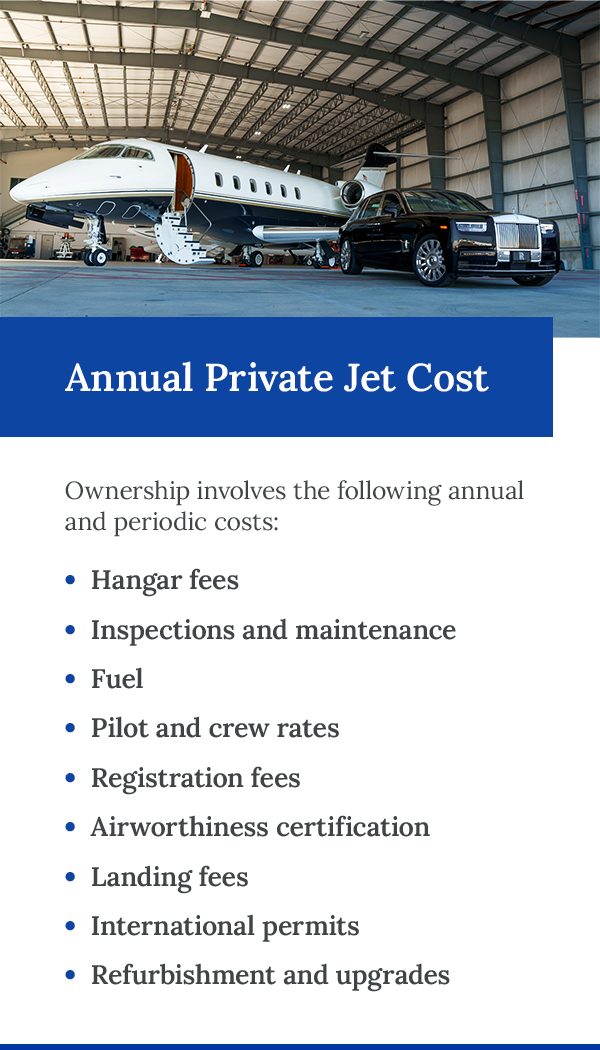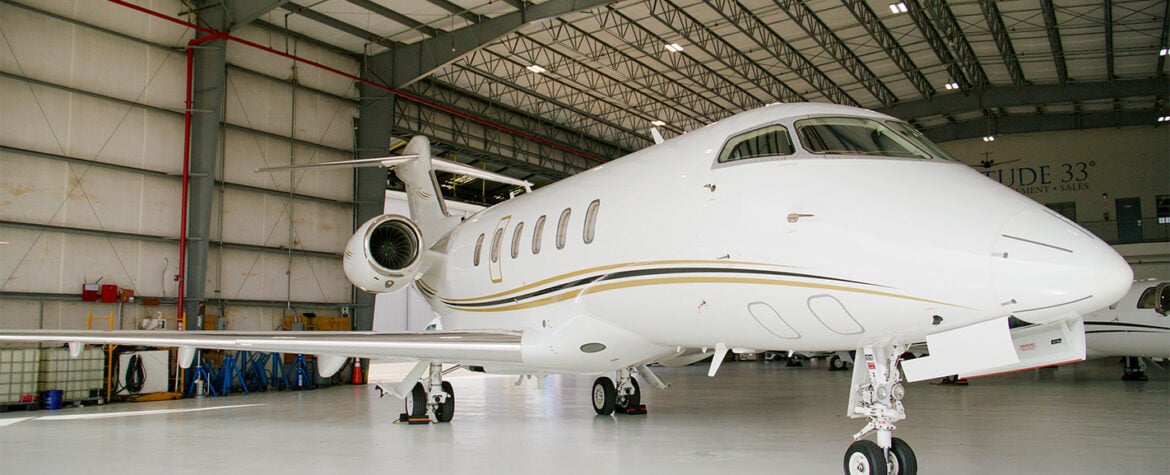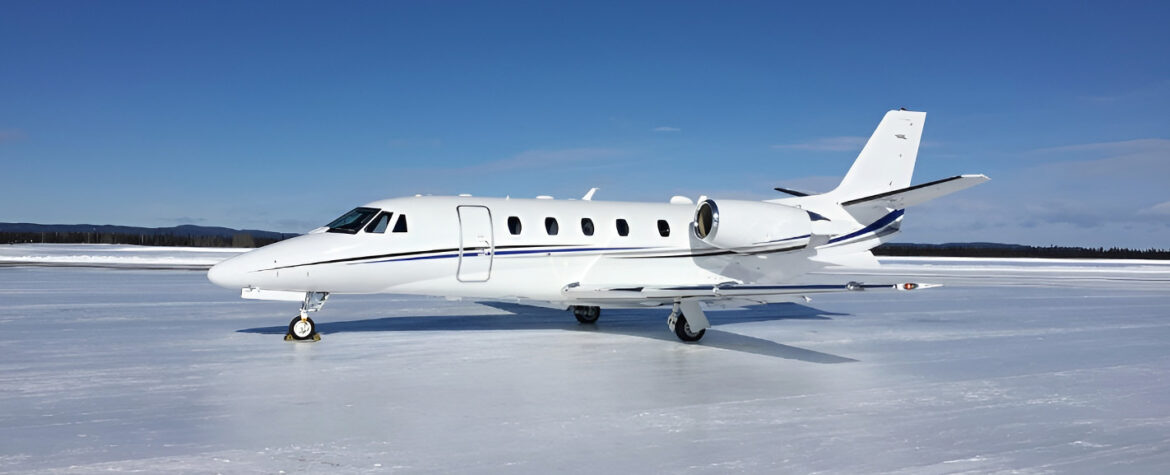When you want an excellent flying experience, you might instinctively buy a first-class ticket with a commercial airline. You may be surprised that conventional first-class travel has declined in recent years. Conversely, flying private has never been more popular — in 2022 alone, the number of private flights increased by 11% compared to the previous year.
If you’re familiar with traveling via commercial aircraft, you may be unsure what to expect on your first private jet flight. It’s beneficial to prepare yourself before you board. This first-time flyer’s guide will help you make your experience as smooth as possible — and prepare you for your next journey.
Selecting the Ideal Private Jet Charter and Managing Costs
When exploring the world of private aviation for the first time, choosing the right travel solution can significantly improve your overall experience.
Various options are available, each offering unique flexibility. Begin by evaluating how often you plan to fly, then consider the following options:
1. A Jet Card or Membership Program
Consider this option if you expect to fly frequently and prefer predictability. Jet card or membership programs typically require a prefunded account that you draw from for each flight. They usually offer fixed hourly rates and guaranteed aircraft availability, which helps ensure consistency in pricing and service.
This option works well for business travelers or individuals with recurring travel plans who want to avoid long-term ownership.
2. Fractional Ownership
If you fly often, you may benefit from the consistent and luxurious experience that Fractional Ownership offers. This model is based on purchasing a share in an aircraft to gain access to the specific plane and others in the fleet.
This arrangement includes a set number of annual flight hours and offers many of the advantages of full ownership, such as familiarity and customizability, without the responsibility of maintenance and crew management.
3. An On-Demand Charter
An on-demand charter is often referred to as a pay-as-you-go model for private jet travel. Rather than committing to long-term contracts or investing upfront capital, you reserve individual flights as needed. Understanding the full cost structure of private aviation is essential. Rates are often influenced by aircraft type, flight distance, duration and additional services.
Transparency is key to avoiding unexpected charges. Consider requesting an itemized quote that includes all costs, including any surcharges and cancellation penalties. Do not hesitate to ask detailed questions — a reputable provider will be eager to explain their services and the associated costs and help you understand each option’s advantages.
What to Expect When Flying Private
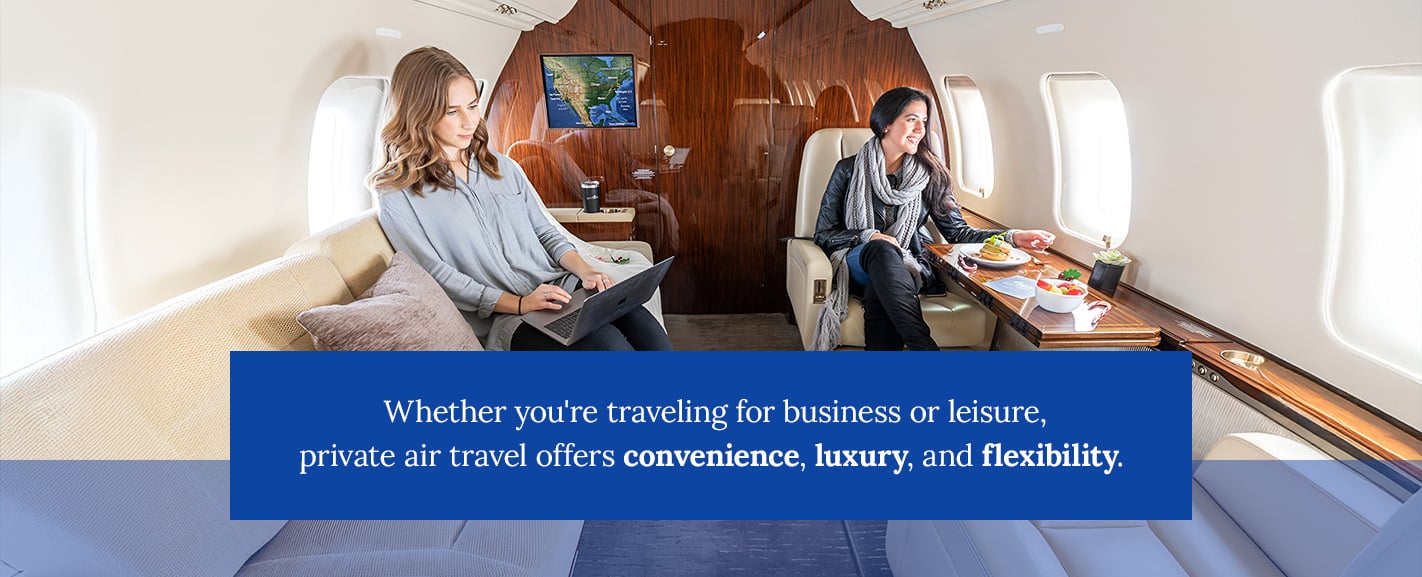
Whether you’re traveling for business or leisure, private air travel offers convenience, luxury, and flexibility. However, differences exist between private jets and commercial airlines, making the overall experience quite different from flying commercial. Here are a few key insights to help you feel confident and prepared as a first-time private flyer.
Flexibility and Convenience
Unlike commercial airlines, private jets do not require you to wait in long lines or go through invasive security checks. While you would have to arrive at a commercial airport hours before your departure, you can check in to your private flight and begin your journey within an hour. Because private jets are much smaller than commercial aircraft, you can avoid the chaos of a large commercial airport.
Many private air travel tips for beginners highlight how stress-free private airports or Fixed Base Operators (FBOs) are compared to their commercial counterparts. FBOs may offer exclusive lounges, concierge services, or even valet parking, making them ideal for travelers seeking efficiency and comfort.
Additionally, most private flights allow you to bring your pets into the cabin rather than storing them in the cargo hold. Wherever you are flying, you can be sure your cherished companion is as comfortable as you.
Once you land, you also avoid waiting to visit the baggage claim or deal with lost luggage. When you fly private, you can receive your bags immediately upon landing.
Onboard Luxuries
Flying first class was once the peak of aviation luxury, but these days, it is no longer the case. Private aircraft have surpassed their commercial rivals in comfort, convenience, and style.
While private jets are smaller than commercial aircraft, they’re far more spacious inside. You and your traveling companions have the entire cabin, with ample legroom and space between seats. Additionally, charter jets can feature high-quality leather recliners, perfect for lying back and unwinding.
Other advantages of flying private include:
- Wi-Fi: Complimentary Wi-Fi is available on most private jets so that you can use your devices for work or entertainment.
- Refreshments: Enjoy your favorite snacks, beverages, and meals on a charter jet.
- Catering: Speak to your Charter Sales Concierge to arrange a custom menu based on your dietary preferences.
- Entertainment: Whether you enjoy music, movies, games, or live entertainment, your crew can assist in making your private flight a unique experience.
- Safety: You can trust that your traveling party is in capable, reliable hands. Your pilots and crew will be highly trained and familiar with your specific aircraft.
- Other perks: Some jets also offer lie-flat beds, onboard showers, and meeting rooms. Depending on the aircraft size and configuration, you may be able to hold online meetings while onboard or enjoy gourmet meals with a view.
Of course, many of these benefits are specific to the charter operator you choose. Before booking a flight, conduct thorough research and speak to a representative if you have any questions.
Private Jet Etiquette
Once you’ve finished chartering your flight, you’re well on your way to a travel experience unlike any other. However, there are actions you can take to maximize your flight. Here are some tips for first-time flyers on a private jet to help ensure your journey is smooth and memorable.
Before Boarding
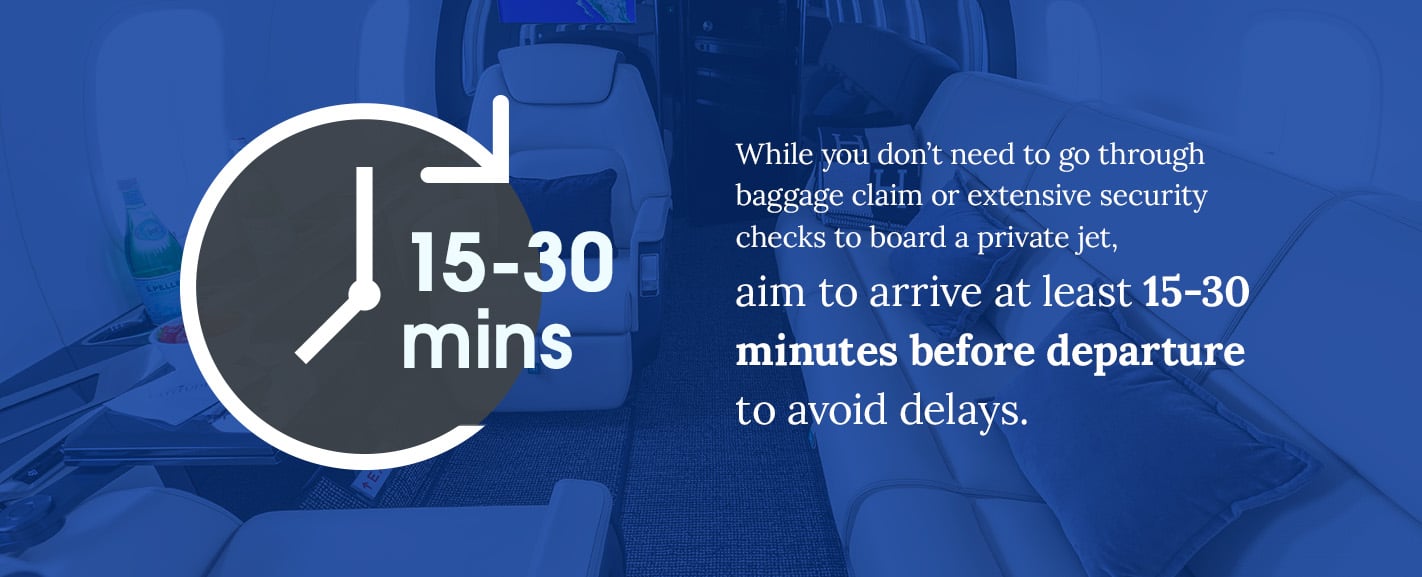
While flying private is more relaxed, making it quite different from flying via commercial airlines, you should still prepare sufficiently:
- Arrival: While you don’t need to go through baggage claim or extensive security checks to board a private jet, you should aim to arrive at least 15-30 minutes before departure to avoid delays and relax in the airport’s private terminals or VIP lounges if you’re early.
- Documents: Be prepared to show your government-issued ID and any other forms of personal identification or required travel documents.
- Luggage: Private jets usually allow more luggage flexibility than most commercial flights, but you should confirm the allowable limits with your charter operator first. If needed, and possible, they can arrange a larger aircraft for you.
- Pets: If you’re traveling with pets, bring vet documentation and records and ensure you comply with your destination’s rules and requirements.
- Catering: If you have any dietary preferences, communicate all catering needs at least 48 hours in advance.
During Your Flight
On a private flight, you control who flies with you. Whether alone or with a group, you can spend your flight how you prefer. Some tips for a great flight experience include:
- Safety: After boarding, it is important to pay attention to the pre-flight briefing, which covers everything you need to know for a safe flight, including emergency protocols.
- Dress code: While charter operators do not require you to dress in any particular way, it is a good idea to dress for the purpose of your flight, whether it is business or casual.
- Behavior: Your crew takes special care to meet your needs and expectations. It is important to respect the crew and any onboard policies, and you should have an incredible journey.
- Entertainment: While Wi-Fi is available on most private jets, it’s always a good idea to pre-download games, movies, or other entertainment before your flight. That way, you are ready if the Wi-Fi connection is poor due to weather conditions or other unforeseen interference.
- Tipping: While not required, tipping the crew is a nice gesture if you’ve received exceptional service.
Thanks to such attentive service, you’ll disembark at your destination feeling refreshed, relaxed, and ready for your activities on the ground.
Book Your First Private Flight With Latitude 33 Aviation
At Latitude 33 Aviation, we are excited to welcome first-time private flyers. Whether embarking on an adventurous getaway or traveling to an important business meeting, we are ready to make your journey exceptional. Our experienced flight crews, personalized service, and commitment to comfort ensure your first private jet experience is seamless and comfortable.
Request a custom quote today or contact our team to learn more about how we can elevate your travel experience. We handle every detail so you can simply relax and enjoy the ride.
